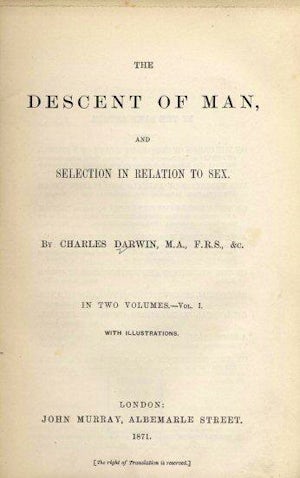August 12th, 1909. The Connecticut legislature passed "An Act concerning Operations for the Prevention of Procreation".
The aim of this legislation was to allow for the legal sterilization of people living in the state prison and the two state hospitals Middletown and Norwich. The legislation specified the conditions and procedures required before a sterilization operation could occur. It required that a board of surgeons or physicians examine the mental and physical condition of a person and find them at risk for having children with an "inherited tendency to crime, insanity, feeblemindedness, idiocy, or imbecility" (Laughlin, 17). If the board decided a patient or inmate was a candidate for sterilization, then either one of two surgical procedures would be used: vasectomy or oophorectomy. The legislation also included restrictions on how those found abusing the law could be criminally liable. Penalty for unnecessary operations could result in fines up to, but no more than, one thousand dollars or could result in imprisonment for up to five years (Laughlin, 18).
This legislation was among the first to be passed in the United States. It was unique in that it was the first legislation to specify the surgical procedures that must be used for sterilization operations; previously legislation had left the decision for which procedures had to be used at the discretion of the attending medical authorities.
-Luke Kersten
Laughlin, H. (1914). The Legal, Legislative, and Administrative Aspects of Sterilization. National Information Resource on Ethics and Human Genetics website. Retrieved from http://dnapatents.georgetown.edu/resources/Bulletin10B.pdf.
 1869:
Galton publishes Hereditary Genius
1869:
Galton publishes Hereditary Genius
 1871:
Charles Darwin publishes The Descent of Man
1871:
Charles Darwin publishes The Descent of Man